Get to know the nursing diagnosis for osteogenic sarcoma (osteosarcoma) nursing care plans in this guide. Discover the nursing assessment, nursing interventions, and nursing management for patients with this condition.
What is Osteogenic Sarcoma?
Osteogenic sarcoma (Osteosarcoma) is a primary bone malignancy that usually affects the metaphysics of the long bones (femur, humerus, and tibia). The most common symptoms of osteosarcoma are dull aching pain and swelling in the bone or joint around the tumor. The disease most commonly occurs in children, teenagers, and young adults between the ages of 10 and 20 and it is more prevalent in males than females.
Management consists of a combination of treatments that includes amputation of the limb with chemotherapy before and/or following surgery, or a bone and joint prosthesis in selected children to restore the limb with chemotherapy prior to the surgery.
Nursing Care Plans and Management
The nursing care planning goals for patients with osteosarcoma include prevention of injury, improved condition of oral mucous membranes, relief from anxiety, and monitoring and managing potential complications.
Nursing Problem Priorities
The following are the nursing priorities for patients with osteogenic sarcoma (osteosarcoma):
- Tumor management. Addressing the primary concern of treating and managing the osteosarcoma tumor through surgical intervention, chemotherapy, and/or radiation therapy.
- Pain management. Implementing effective strategies to manage and alleviate the pain associated with the tumor, surgery, or other treatment modalities.
- Limb function preservation. Preserving limb function and mobility through limb-sparing surgeries whenever feasible to maintain quality of life.
- Metastasis prevention. Monitoring for and managing the potential spread of cancer cells to other parts of the body, particularly the lungs and other bones.
- Rehabilitation and physical therapy. Providing comprehensive rehabilitation programs to restore optimal function and mobility following surgery or other treatments.
- Psychological support. Offering psychological support and counseling to help patients cope with the emotional and psychological challenges associated with the diagnosis and treatment of osteosarcoma.
- Long-term follow-up and surveillance. Conducting regular monitoring, including follow-up visits, imaging studies, and laboratory tests, to detect potential recurrence, assess treatment response, and manage any late effects or complications.
Nursing Assessment
Assess for the following subjective and objective data:
- See nursing assessment cues under Nursing Interventions and Actions.
Nursing Diagnosis
Following a thorough assessment, a nursing diagnosis is formulated to specifically address the challenges associated with osteogenic sarcoma (osteosarcoma) based on the nurse’s clinical judgment and understanding of the patient’s unique health condition. While nursing diagnoses serve as a framework for organizing care, their usefulness may vary in different clinical situations. In real-life clinical settings, it is important to note that the use of specific nursing diagnostic labels may not be as prominent or commonly utilized as other components of the care plan. It is ultimately the nurse’s clinical expertise and judgment that shape the care plan to meet the unique needs of each patient, prioritizing their health concerns and priorities.
Nursing Goals
Goals and expected outcomes may include:
- The child will not experience a bleeding episode.
- The child’s temperature will remain <100° F
- The child’s breath sounds will be clear bilaterally.
- The child will be free of oral mucous membrane irritation.
- The child will demonstrate proper oral hygiene upon discharge.
- The child will not experience injury as evidenced by a clean and dry stump without redness, odor, or drainage.
Nursing Interventions and Actions
Therapeutic interventions and nursing actions for patients with osteogenic sarcoma (osteosarcoma) may include:
1. Preventing Infections
Patients with osteosarcoma may experience compromised protection related to antineoplastic medication, which can suppress the immune system and increase the risk of infection. In addition, an abnormal blood profile, such as a low white blood cell count, can also decrease the body’s ability to fight off infection and provide adequate protection. This can leave the patient vulnerable to illness and other complications. Also, patients with osteosarcoma may experience impaired oral mucous membranes related to chemotherapy and radiation therapy, which can damage the cells in the mouth and lead to inflammation, sores, and other oral complications. This can make it difficult for the patient to eat, drink, and perform oral hygiene, which can impact their overall health and well-being.
Monitor for any signs of bleeding and febrile episodes; Note laboratory findings: WBC, platelet count, Hct, and absolute neutrophil count.
Provides knowledge on any obvious, visible presence of bleeding or abnormal blood profile that predispose to bleeding due to bone marrow suppression and immunosuppression resulting from chemotherapy.
Assess the oral cavity for painful burning sensation, erythema, ulcerations, and difficulty eating and drinking.
Provides information about the effect of chemotherapy.
Inform parents and the child to avoid exposure to people with upper respiratory infections or any illness.
Prevents a highly susceptible child to acquire an infection.
Encourage parents and child to avoid contact play or sports, straining at defecation, and forcefully blowing the nose.
Prevents injury that may possibly result in bleeding.
Inform parents to notify the health care provider for signs of increased temperature, changes in behavior, headache, dizziness, fatigue, pallor, bleeding episode, and exposure to a communicable disease.
Signifies a complication related to an abnormal blood profile.
Teach handwashing techniques before providing care, using protective gear such as a mask and gown when appropriate, providing a private room, monitor for any signs and symptoms of infections.
Prevents transmission of a microorganism to a compromised immune system during chemotherapy if neutrophil count is less than 1,000/cu mm.
Discourage the use of a hard toothbrush, obtaining rectal temperatures, and undergoing unnecessary invasive procedures.
Prevents the occurrence of bleeding caused during chemotherapy which alters platelet and clotting factors.
Teach and demonstrate how to get urine and stool sample using dipstick and hematest.
Determines the presence of bleeding in the gastrointestinal or urinary tract.
Allow the child to choose foods they prefer from the list given.
Promotes independence and allows control over the situation to decrease helplessness and enhanced nutritional status.
Teach the child in performing oral hygiene using a soft bristle toothbrush or sponge-tipped swab.
Avoids damage and irritation to the oral mucosa.
Encourage the child to eat foods high in protein and vitamins.
Promotes the wound healing process and enhances recovery.
Encourage the child to suck sugarless candy or gum every 2 hours.
Stimulates salivation and avoids dry mouth.
Provide an antiseptic mouth rinse 30 minutes before meals.
Promotes the comfort of oral mucosa and maintains integrity.
Apply topical analgesic as ordered before meals and encourage cool, bland, and, smooth foods that are not spicy.
Prevents trauma and discomfort.
Educate parents on mouth rinsing and topical application of medications.
Promotes sufficient oral care to relieve discomfort and prevent mucosa irritation and increased inflammation.
Educate parents regarding chemotherapy’s effect on the oral mucosa and its treatment.
Allows better knowledge of the unwanted effects that may occur during chemotherapy.
2. Preventing Injuries
Patients with osteosarcoma may be at risk for injury related to their disease and its treatment. This can include bone fractures, neuropathy, and muscle weakness, which can lead to falls and other accidents. Additionally, the side effects of chemotherapy and radiation therapy can increase the risk of infection, bleeding, and other complications that may impact the patient’s overall health and well-being.
Assess the child for the type of surgery and condition and healing of the stump, type of bandaging or cast, presence of drains, type of prosthetic device, and fit.
Provides information about amputation needed to provide specific care of stump and rehabilitation.
Observe dressing for bleeding, redness, pain, and drainage at stump area every 2 to 4 hours; maintain dressing pressure or wrapping of the stump as advised; change dressing only if ordered.
Indicates infection or risk of hemorrhage at amputation.
Allow expressions about sudden lifestyle changes and permanent disability adjustment difficulties.
Promotes verbalization of feelings and help to adjust with change in image.
Provide stump and socket care using mild soap and warm water, rinse, and pat dry.
Promotes adaptation to device and prevents infection caused by pathogens transmitted via the prosthetic device.
Assist the child with range-of-motion exercises daily as recommended by the physical therapist.
Promotes mobility and healing of the stump and prevents contractures.
Maintain Trendelenburg and prone position as ordered; avoid elevation, external rotation, or abduction of stump.
Prevents deformities and contractures caused by hip flexion.
Instruct child in stump positioning and exercising, ROM of muscles and joints.
Prevents muscle or joint complications and enhances mobility.
Teach parents and child about stump care, toughening exercises, application of stocking and prosthesis, care of device.
Promotes adaptation to loss and proper stump and prosthesis care.
Stress the importance of performing daily activities and avoiding restrictions as advice.
Promotes mobility and return to former activities within limitation imposed by amputation and use of the prosthetic device.
Discuss alteration in clothing and instruct in crutch walking and how to move around the environment.
Enhances body image and return to limited activities.
Reassure the child that feelings of anger, denial, and hostility are normal following such a loss.
Promotes acceptance of child while grieving for the loss.
Encourage parents and the child to continue chemotherapy and rehabilitation therapy.
Promotes healing.
3. Reducing Anxiety
Patients with osteosarcoma may experience anxiety related to the uncertainty of their prognosis, the physical and emotional impact of their disease and its treatment, and the potential for long-term complications and disability. The financial burden of treatment and the impact on their family and social life can also contribute to feelings of anxiety and stress.
Assess the parent’s and child’s level of anxiety and how it is manifested; the necessity for information that will relieve anxiety.
Provides information about source and level of anxiety and need for interventions to relieve it; sources for the child may be procedures, fear of mutilation or death, and unfamiliar hospital environment and may be manifested by restlessness, inability to play, sleep, or eat.
Assess the possible need for special counseling services for the child.
Supports the child’s ability to deal with illness and promotes adjustment to lifestyle changes.
Encourage parents to stay with the child; Leave a telephone number in case of a need for more information.
Enhances care and promotes emotional comfort to the child.
Communicate with the child based on developmental age level and answer questions calmly and honestly; use pictures, models, and drawings for explanations.
Allows better understanding and promotes trust.
Allow open expression of concerns about the illness, procedures, management, and possible consequences of surgery.
Provides an opportunity to vent feelings and fears to reduce anxiety.
Provide the child with structure and input in decisions about care and routines as possible.
Empower the child and promotes independence.
Provide consistent care nurse assignments with the same personnel.
Promotes trust and comfort and familiarity with staff giving care.
Orient the child to the surgical and ICU unit, equipment, noises, and staff.
Lessens the anxiety incident brought about by the fear of the unknown.
Teach parents and child about the disease process, surgical procedure, what to expect preoperatively and postoperatively including chemotherapy and its benefits and side effects (nausea, vomiting, diarrhea, stomatitis, alopecia, and others are possibilities but are temporary; phantom pain).
Provides information to promote understanding that will relieve fear and anxiety; understanding of preoperative and postoperative treatments and their effect on body image.
Explain all procedures and care in simple, direct, honest terms and repeat as often as necessary; reinforce physician information if needed and provide specific information as requested.
Supplies information about all diagnostic procedures and tests such as CBC, platelets with chemotherapy and scans, and X-rays for diagnosis.
Inform parents and child of the extent of surgery planned with the removal of a limb (that a temporary prosthesis will be fitted immediately following surgery, and a permanent one will be fitted in 6 to 8 weeks; that recreational and physical therapy will be undertaken following amputation).
Reduces anxiety when knowledge and support are given, and the child and parents will not feel betrayed by inadequate preparation of procedures and treatments.
Introduce the child to another who has the same disease and amputation.
Provides information and support from a peer with the same condition and who would have empathy.
Recommended Resources
Recommended nursing diagnosis and nursing care plan books and resources.
Disclosure: Included below are affiliate links from Amazon at no additional cost from you. We may earn a small commission from your purchase. For more information, check out our privacy policy.
Ackley and Ladwig’s Nursing Diagnosis Handbook: An Evidence-Based Guide to Planning Care
We love this book because of its evidence-based approach to nursing interventions. This care plan handbook uses an easy, three-step system to guide you through client assessment, nursing diagnosis, and care planning. Includes step-by-step instructions showing how to implement care and evaluate outcomes, and help you build skills in diagnostic reasoning and critical thinking.

Nursing Care Plans – Nursing Diagnosis & Intervention (10th Edition)
Includes over two hundred care plans that reflect the most recent evidence-based guidelines. New to this edition are ICNP diagnoses, care plans on LGBTQ health issues, and on electrolytes and acid-base balance.

Nurse’s Pocket Guide: Diagnoses, Prioritized Interventions, and Rationales
Quick-reference tool includes all you need to identify the correct diagnoses for efficient patient care planning. The sixteenth edition includes the most recent nursing diagnoses and interventions and an alphabetized listing of nursing diagnoses covering more than 400 disorders.

Nursing Diagnosis Manual: Planning, Individualizing, and Documenting Client Care
Identify interventions to plan, individualize, and document care for more than 800 diseases and disorders. Only in the Nursing Diagnosis Manual will you find for each diagnosis subjectively and objectively – sample clinical applications, prioritized action/interventions with rationales – a documentation section, and much more!

All-in-One Nursing Care Planning Resource – E-Book: Medical-Surgical, Pediatric, Maternity, and Psychiatric-Mental Health
Includes over 100 care plans for medical-surgical, maternity/OB, pediatrics, and psychiatric and mental health. Interprofessional “patient problems” focus familiarizes you with how to speak to patients.

See also
Other recommended site resources for this nursing care plan:
- Nursing Care Plans (NCP): Ultimate Guide and Database MUST READ!
Over 150+ nursing care plans for different diseases and conditions. Includes our easy-to-follow guide on how to create nursing care plans from scratch. - Nursing Diagnosis Guide and List: All You Need to Know to Master Diagnosing
Our comprehensive guide on how to create and write diagnostic labels. Includes detailed nursing care plan guides for common nursing diagnostic labels.
Other nursing care plans for pediatric conditions and diseases:
- Acute Glomerulonephritis | 4 Care Plans
- Acute Rheumatic Fever | 4 Care Plans
- Apnea | 4 Care Plans
- Brain Tumor | 3 Care Plans
- Bronchiolitis | 5 Care Plans
- Cardiac Catheterization | 4 Care Plans
- Cerebral Palsy | 7 Care Plans
- Child Abuse | 4 Care Plans
- Cleft Lip and Cleft Palate | 7 Care Plans
- Congenital Heart Disease | 5 Care Plans
- Congenital Hip Dysplasia | 4 Care Plans
- Croup Syndrome | 5 Care Plans
- Cryptorchidism (Undescended Testes) | 3 Care Plans
- Cystic Fibrosis | 5 Care Plans
- Diabetes Mellitus Type 1 (Juvenile Diabetes) | 4 Care Plans
- Dying Child | 4 Care Plans
- Epiglottitis | 5 Care Plans
- Febrile Seizure | 4 Care Plans
- Guillain-Barre Syndrome | 6 Care Plans
- Hospitalized Child | 5 Care Plans
- Hydrocephalus | 5 Care Plans
- Hypospadias and Epispadias | 4 Care Plans
- Intussusception | 3 Care Plans
- Juvenile Rheumatoid Arthritis | 4 Care Plans
- Kawasaki Disease | 6 Care Plans
- Meningitis | 7 Care Plans
- Nephrotic Syndrome | 5 Care Plans
- Osteogenic Sarcoma (Osteosarcoma) | 4 Care Plans
- Otitis Media | 4 Care Plans
- Scoliosis | 4 Care Plans
- Spina Bifida | 7 Care Plans
- Tonsillitis and Adenoiditis | 4 Care Plans
- Umbilical and Inguinal Hernia | 4 Care Plans
- Vesicoureteral Reflux (VUR) | 5 Care Plans
- Wilms Tumor (Nephroblastoma) | 4 Care Plans

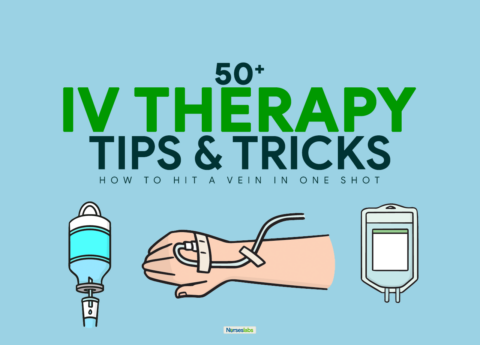
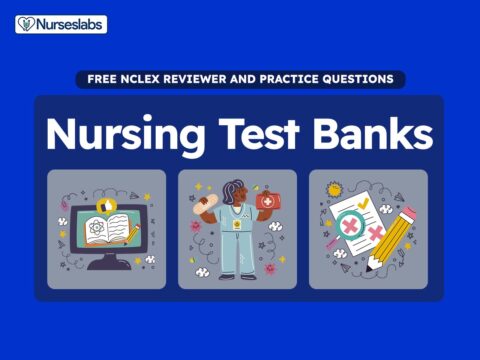
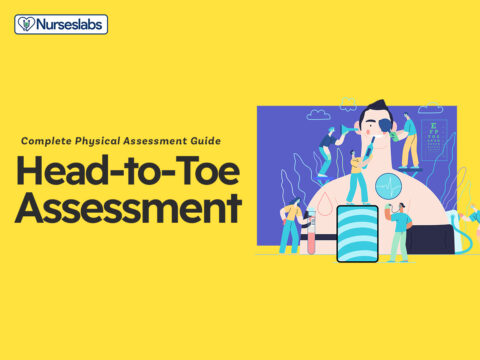





















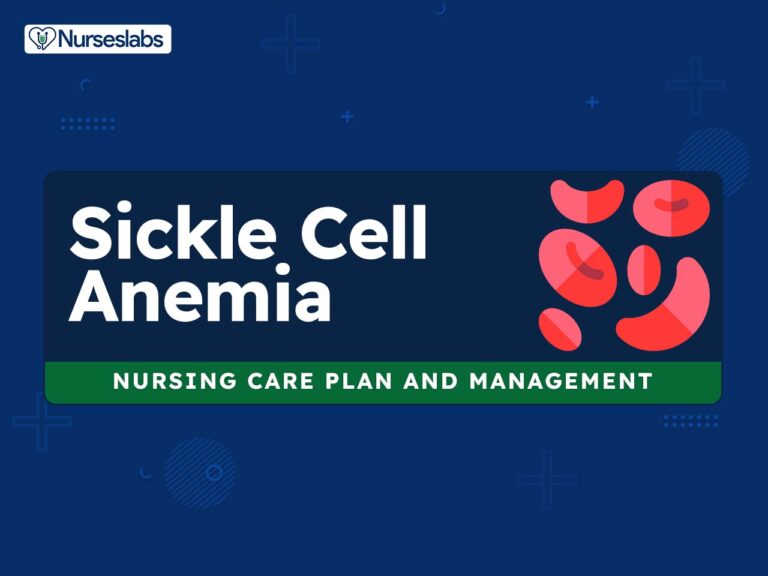
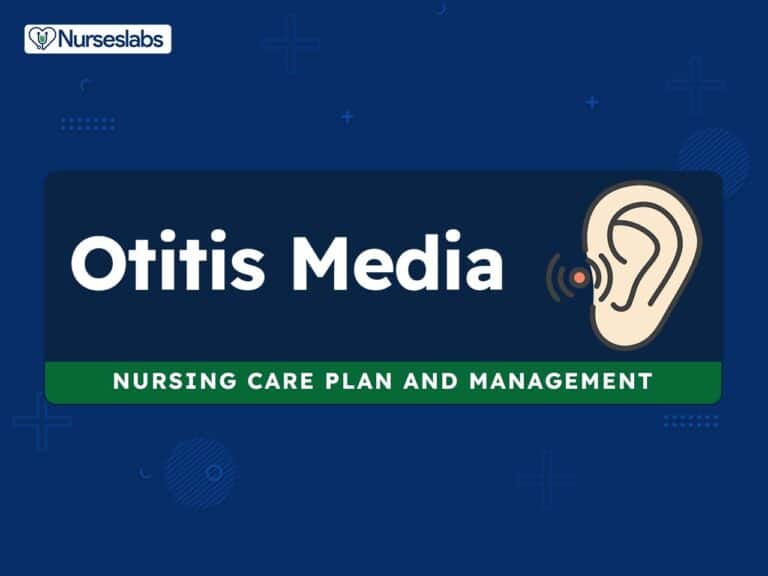
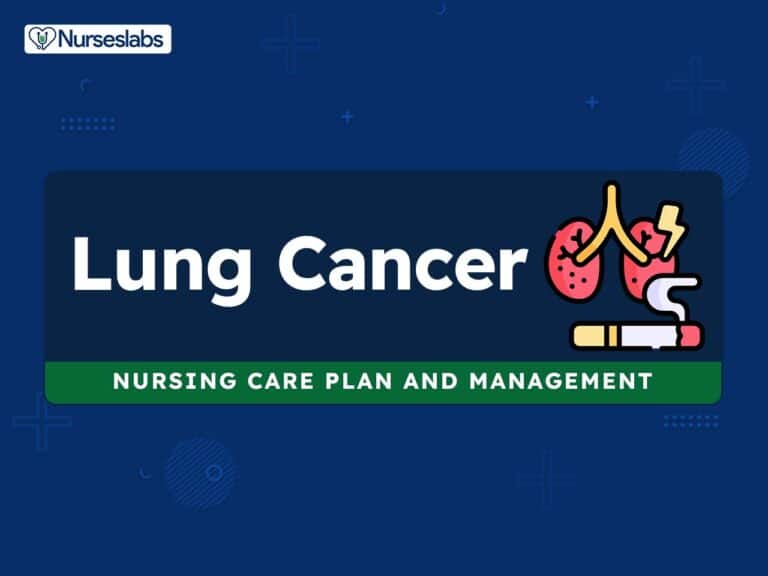
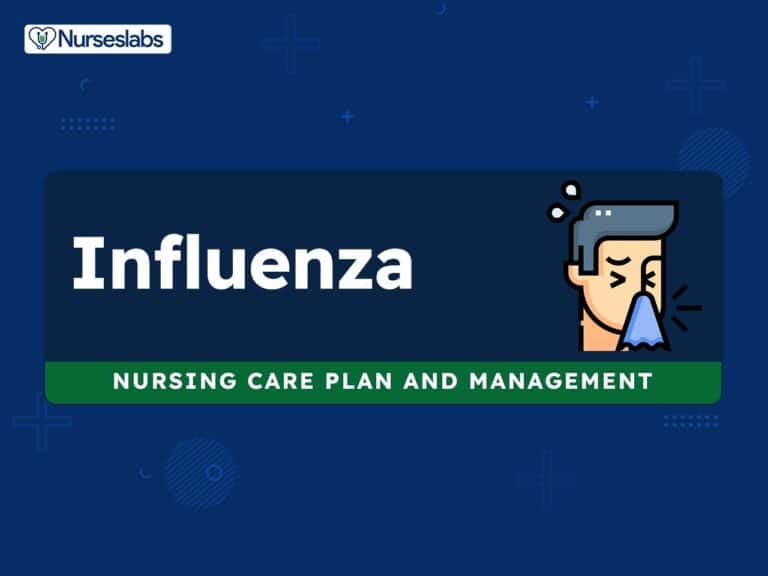
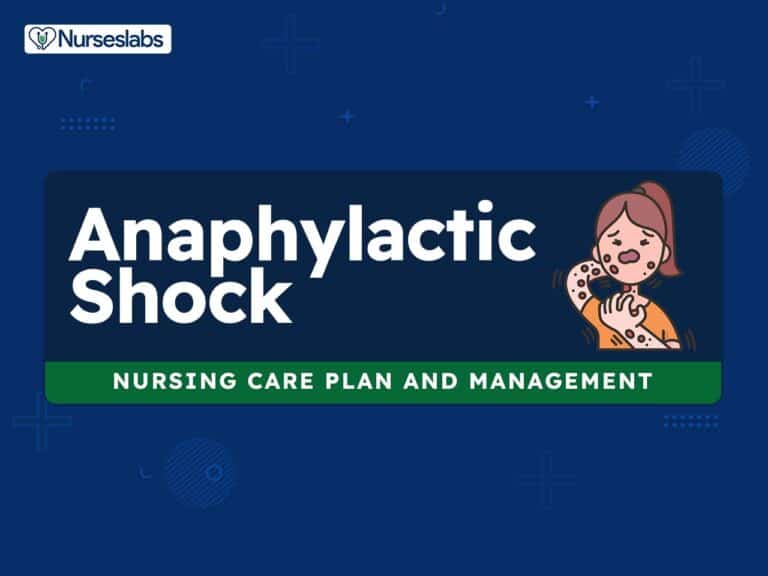
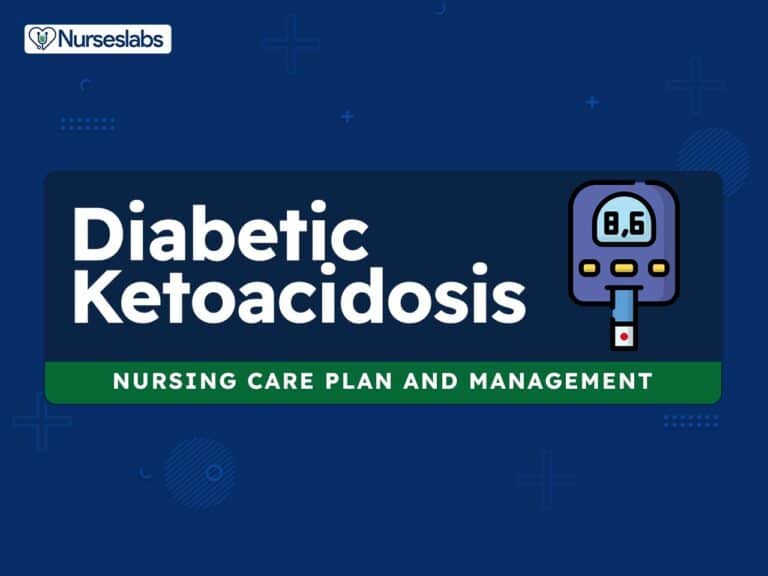
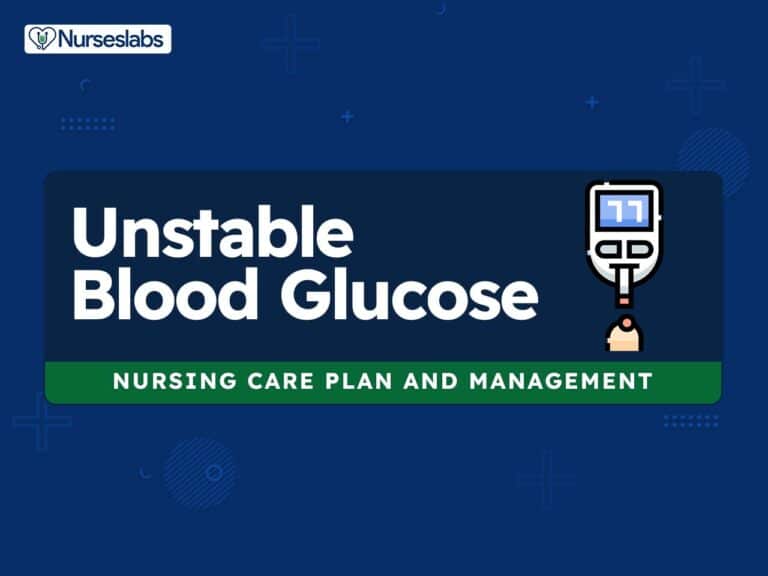

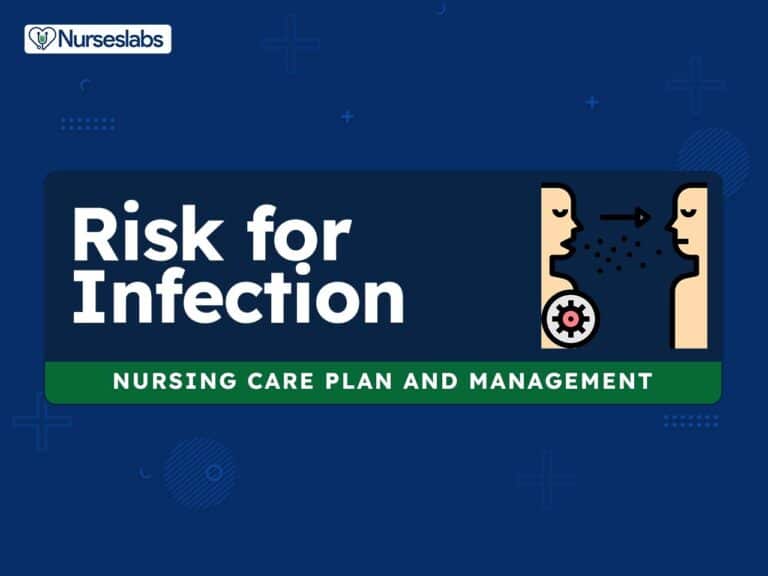

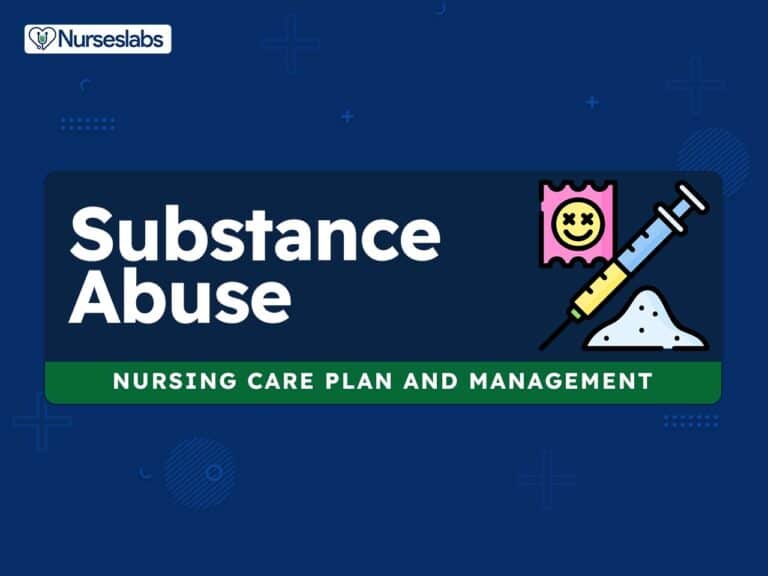
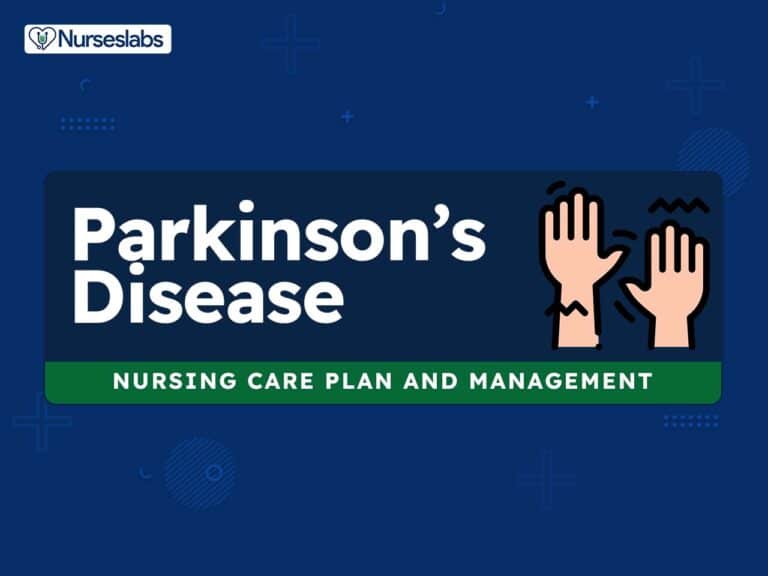
Leave a Comment